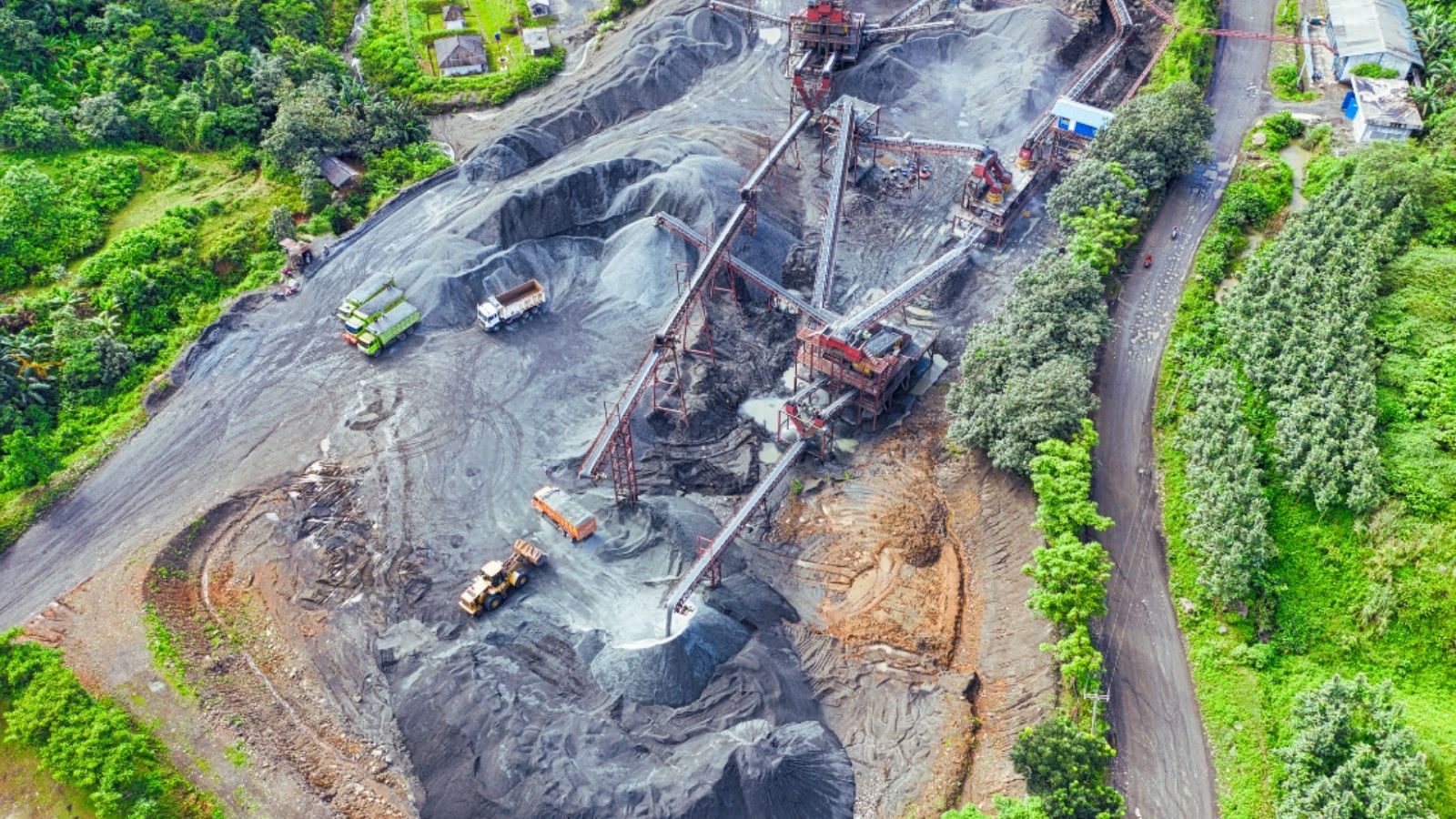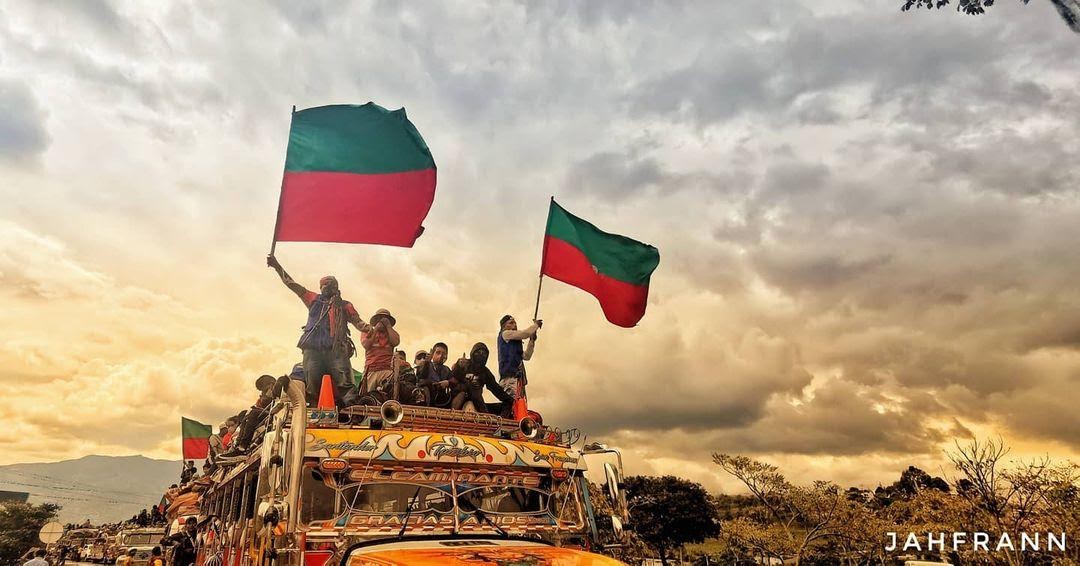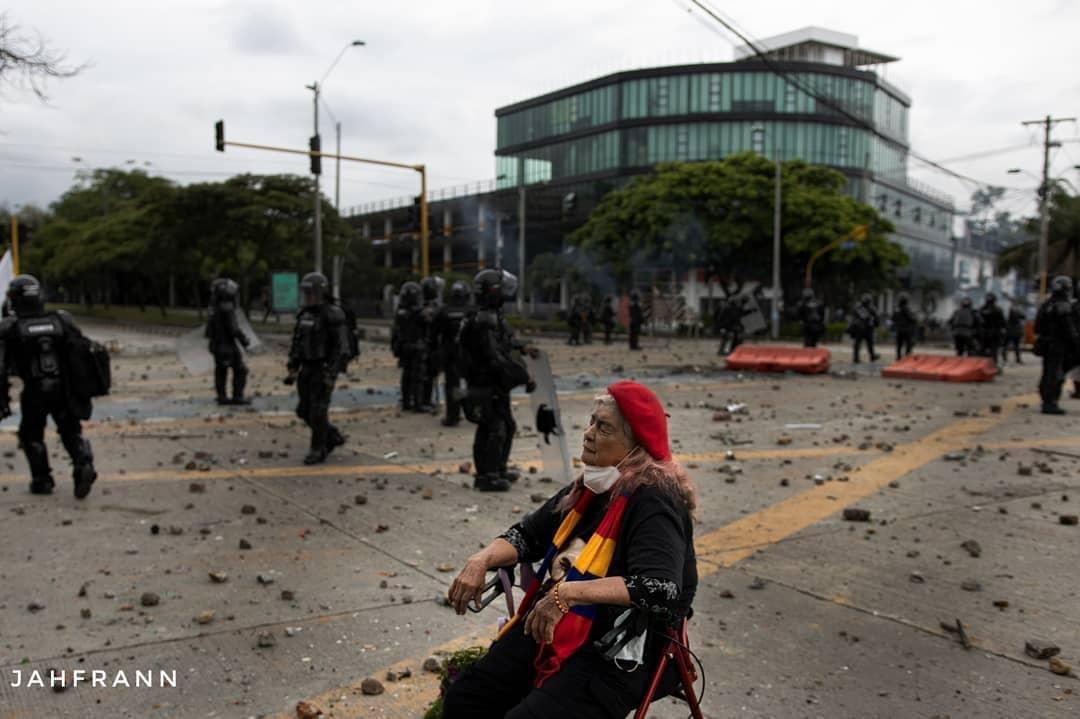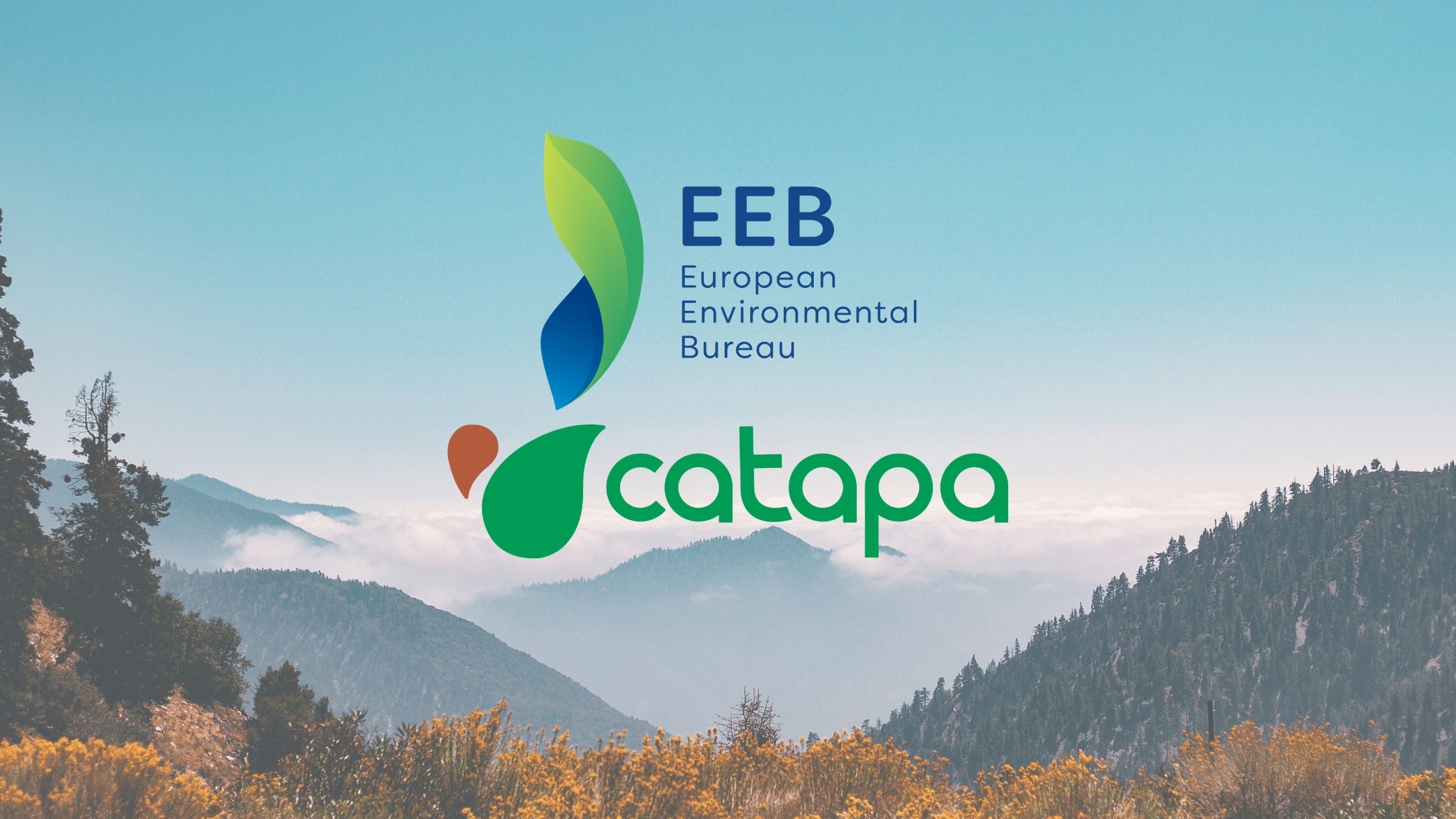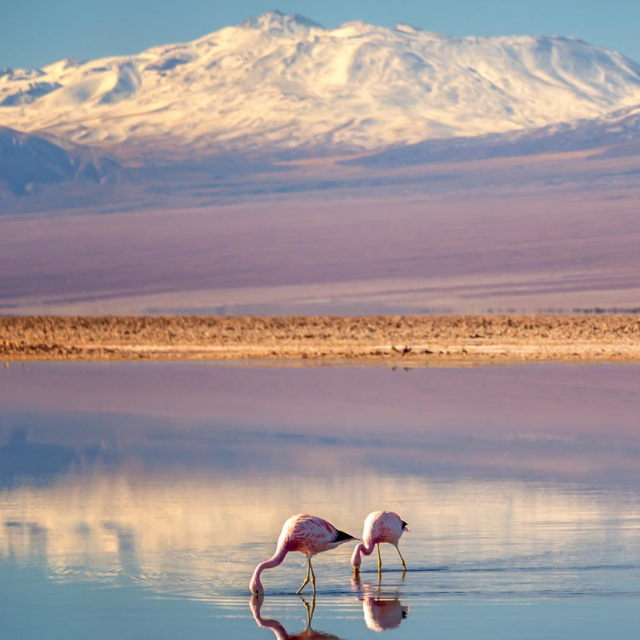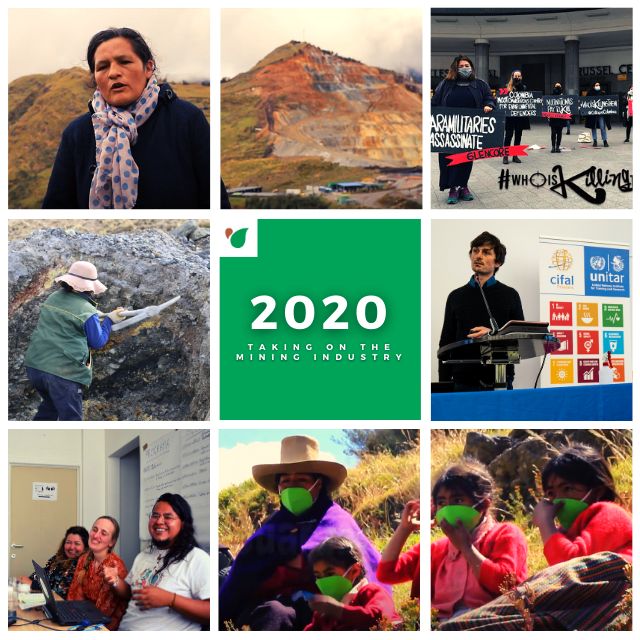The EU can’t mine its way out of the climate crises
The EU can’t mine its way out of the climate crises
Today CATAPA joins 180+ communities, organisation and academics to tell the EU to abandon its plans to expand dirty mining as part of EU Green Deal and Green Recovery plans.
In 2019, the European Commission published its European Green Deal, an action plan outlining climate and environmental policies and initiatives to be taken forward in the coming years.
Despite laudable intentions, these plans have at their heart the damaging and illogical idea of ‘green growth‘ and assume ‘business-as-usual’ consumption of energy and materials in the EU.
In particular, as they stand, Europe’s Green Deal plans will lead to a dramatic increase in demand for mineral and metals that the European Commission intends to meet through a large number of new mining projects – both inside and outside the EU.

This planned reliance on mining to deliver the Green Deal is a cause of major concern for civil society around the world.
Mining companies are responsible for an enormous human and ecological toll on every continent. The sector is responsible for extensive human rights violations, conflicts with and within affected communities, and the exploitation of labour and exacerbation of socio-economic inequalities. It is also a significant contributor to climate change, global biodiversity loss and water stress.
Increasing material demand and the EU’s plans to meet it through new mining projects will escalate all of these problems. Mining-affected communities in Europe and their allies in civil society oppose the continuous expansion of the mining industry and challenge the dominant narrative of unlimited growth and policies which uphold it.

The release of this collective statement outlines a civil society analysis of the EU’s current plans and suggests how the EU can address the systemic issues underpinning endless extractivism and turn the tide toward a more just and sustainable future.
The recommendations include the critical need for the EU and Member States to realise in law communities’ right to free, prior and informed consent, including the Right to Say No, as well as to put urgent measures in place to achieve absolute reductions in demand for – and consumption of – raw materials in Europe.
We must urgently and rapidly transition our energy, transport and economic systems to renewables, but relying on expanding mining to meet the material needs of the renewable transition will replicate the injustices, destruction and dangerous assumptions that have caused climate breakdown in the first place.
In other words, we can’t solve our problems with the same thinking that created them in the first place.
Together, in solidarity with allies in the North and South, we call for:
-
The Right to Say No for all communities facing extractive projects and respect for Indigenous Peoples’ right to Free Prior and Informed Consent (FPIC);
-
For the EU to set, legislate for and meet binding targets to reduce its overconsumption of materials, in line with planetary boundaries and its global fair share;
-
For just de-growth strategies, not ‘green growth’ or ‘decoupling’, to be placed at the heart of EU climate action;
-
For an end to EU subsidies to mining and undemocratic industry alliances.
-
To treat minerals and metals as common, public goods.
-
Action to remedy mining waste liabilities, to ensure all mining sites are properly restored so that they can no longer continue to contaminate and harm communities and their environment.
-
To ensure EU demand for raw materials does not impact communities and ecosystems in the Global South and that remedy is available when impacts and violations do occur…
Find out more by reading our collective statement, signed by 180+ communities, organisations and academics:
‘Driving Destructive Mining: EU Civil Society denounces EU raw material plans in European Green Deal’ – Written by the Yes To Life No To Mining European Working Group.




